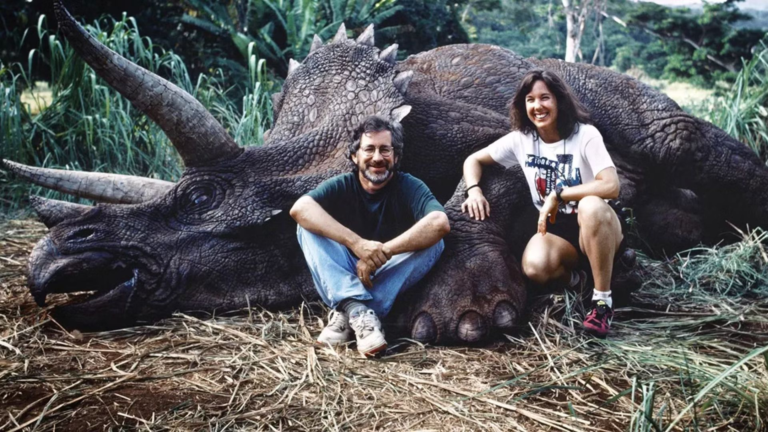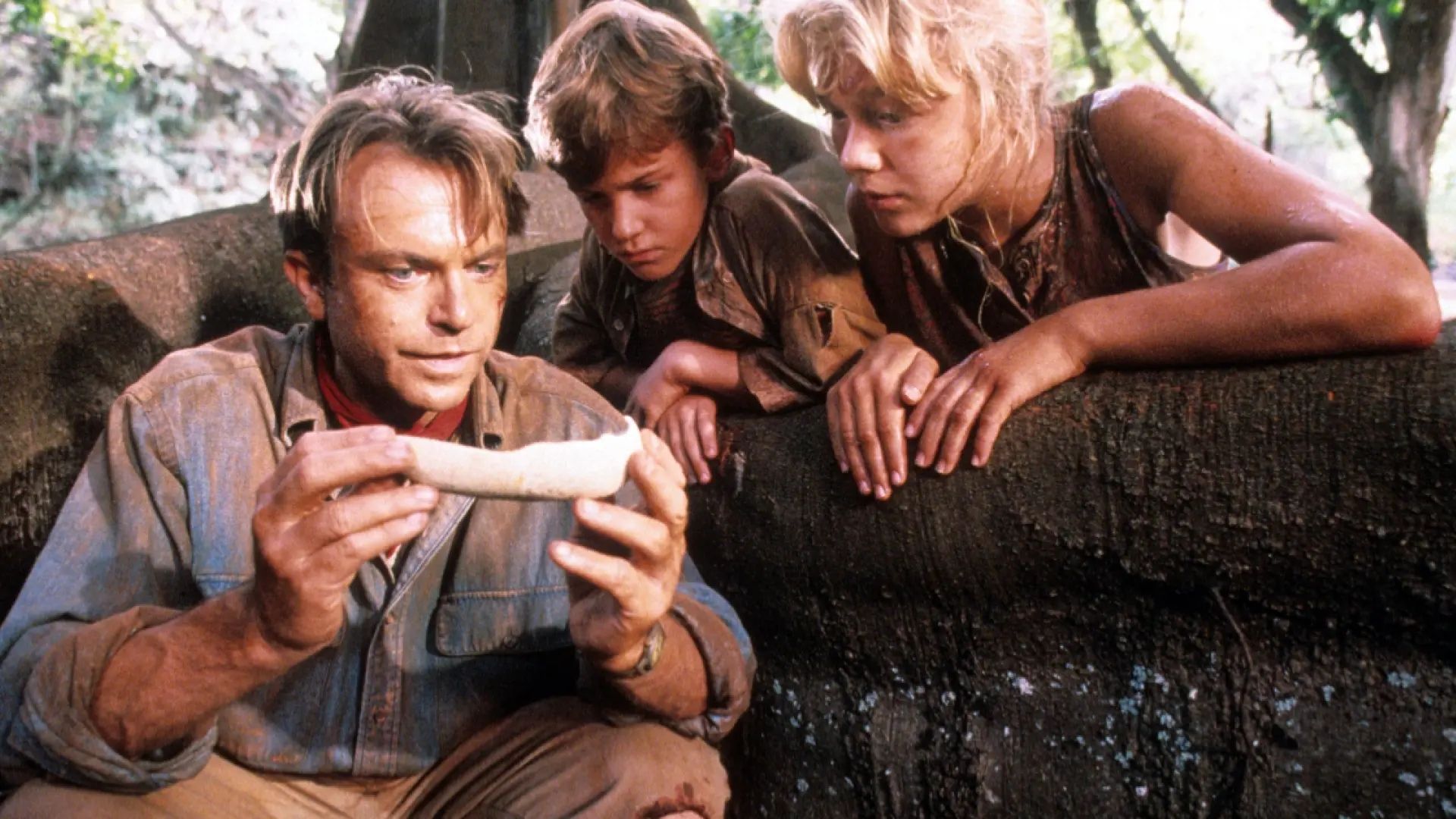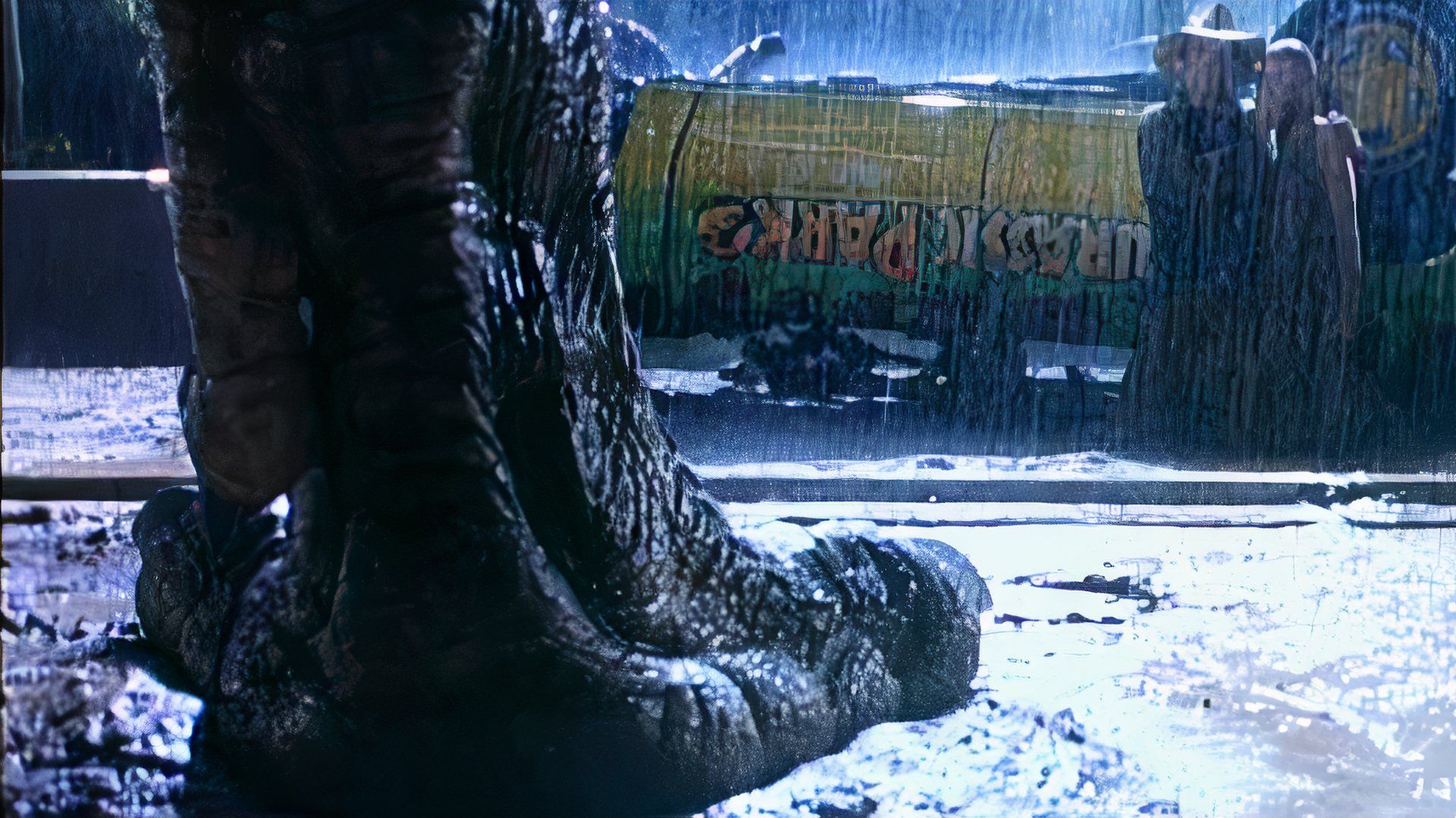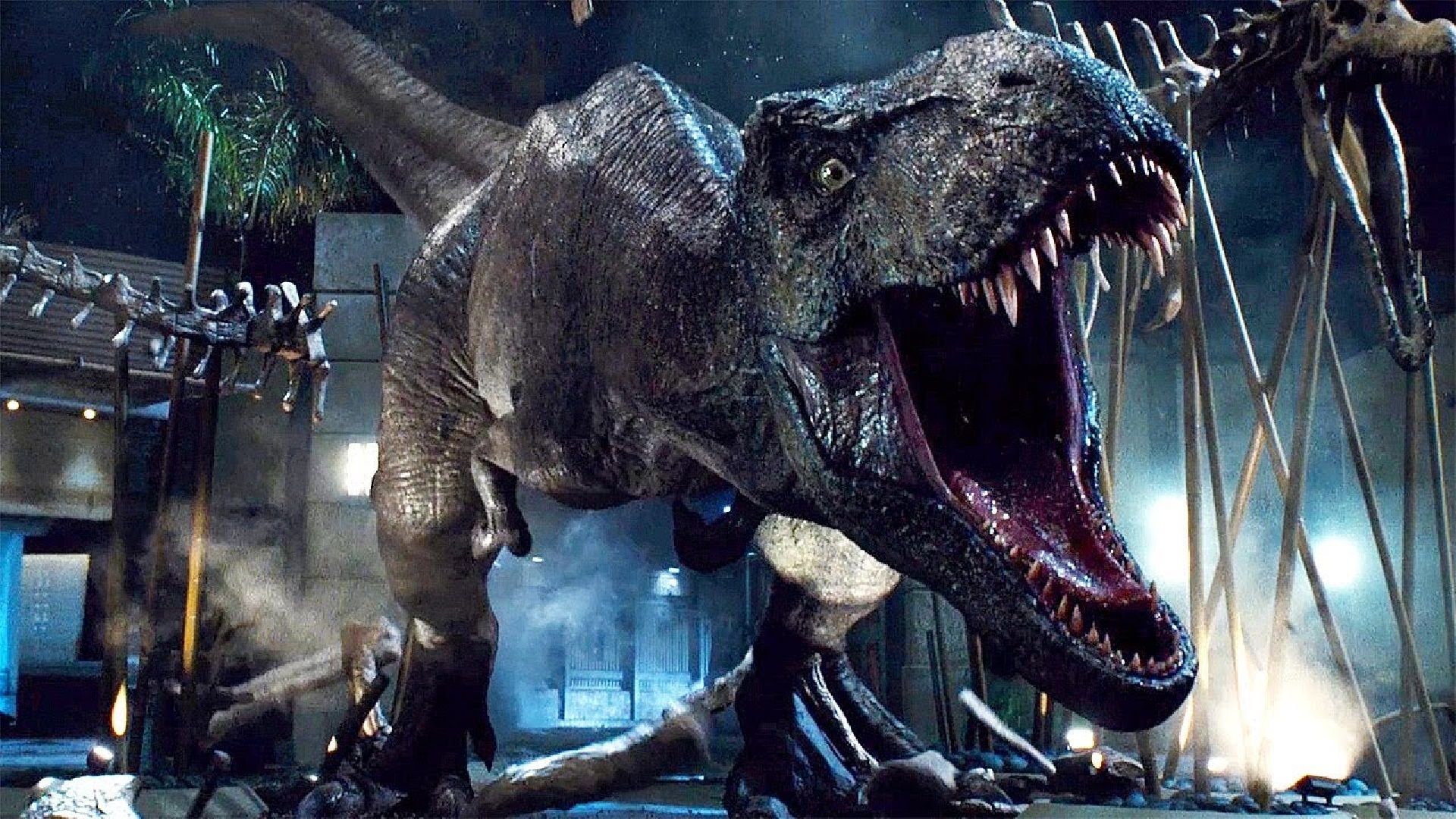With the launch of Jurassic Park, and its numerous sequels, the 1990s was a great time to be alive for paleontology nerds. The Steven Spielberg franchise, based on the books of Michael Crichton, helped spark new interest in the discipline. Funny enough, the most clever references probably went over the average viewer’s head in the 1997 sequel, The Lost World: Jurassic Park, Spielberg’s in-joke satirizing the showdown between the two leading American paleontologists. If you thought the director didn’t take science seriously just because this is a monster movie, think again.
When Spielberg made Jurassic Park movies, he pulled out all the stops, enlisting the best and most respected minds in the field to depict a credible recreation of the extinct beasts. One problem. Not even the leading figures could agree on what the star of the movie–the Tyrannosaurus Rex–should eat, how he should move, or his physiology. Hidden in plain sight within the early movies is an homage to two of the most important dinosaur experts, Robert Bakker and Jack Horner, their feud immortalized in Jurassic Park and its sequel. Congratulations if you got the joke, that college degree finally came in handy.
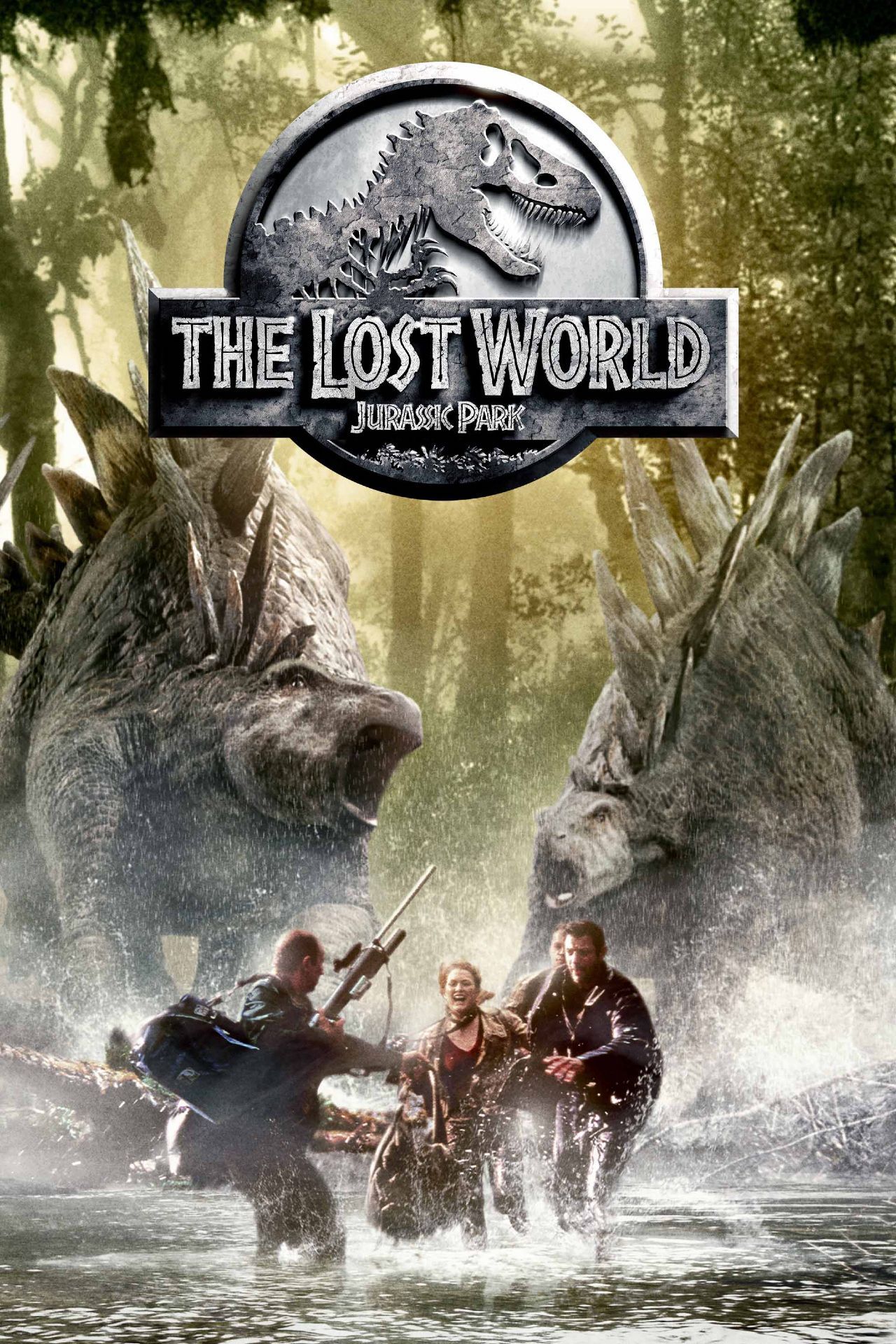
- Release Date
-
May 19, 1997
- Runtime
-
134minutes
Any Similarities to Persons, Living or Dead, Are Purely Intentional
Though the Spielberg films diverge from the source material, both stick to the basic facts. When the original Jurassic Park hit theaters in 1993, Bakker and Horner were two of the most influential in their field in the late ’80s and early ’90s, instrumental in the development of the adaptation. Dr. Alan Grant (played by Sam Neill) was inspired by Horner, while his frequent sparring mate, Bakker (pronounced Bocker), would receive a less reverent guest cameo as Dr. Robert Burke in the sequel. The story goes that Horner, who was acting as an advisor on the sequel, suggested that the bearded, know-it-all paleontologist with a cowboy hat who resembled Bakker should be eaten by T. rex as an homage.
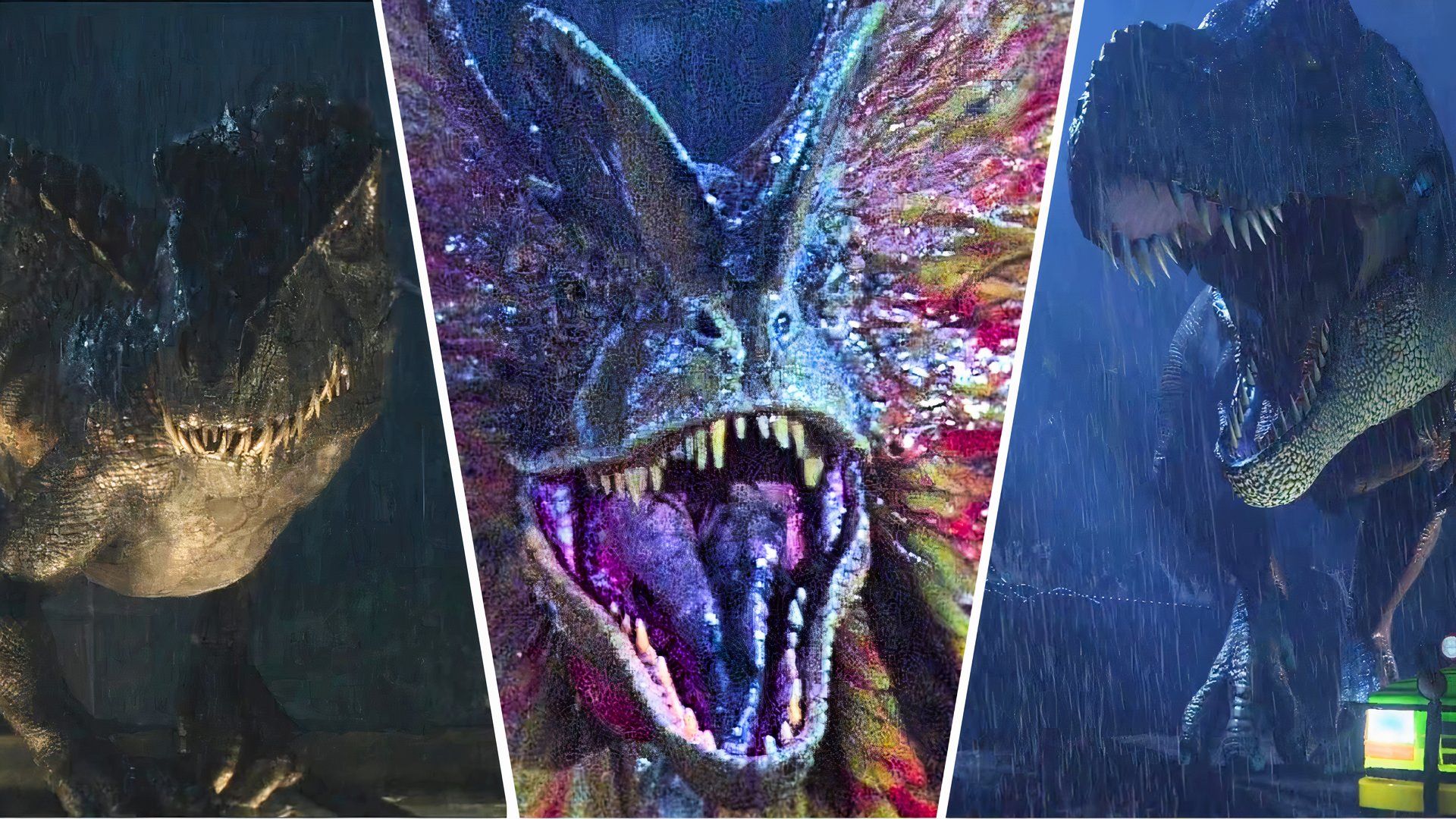
Related
9 Most Fictionalized Dinosaurs in the Jurassic Park Franchise, Ranked
Although numerous paleontologists were consulted during filming, the Jurassic Park franchise takes creative liberties with its dinosaurs.
The Great Dinosaur Debate Spreads to Theaters
Bakker’s shadow loomed large when the book was being written, positing numerous provocative theories that dinosaurs were endothermic (warm-blooded), cared for babies, and that T. rexes were capable of high speeds needed to hunt. Horner arrived at different conclusions. The “king lizard tyrant” name is a misnomer, he explained to the Deseret News in 1994, citing the monster’s lack of upper-body strength, its arms only a hindrance. “Predators need their arms to stabilize their prey so they can bite,” he deduced, contrasting the T.rex with the notoriously handsy hunter, the Velociraptor.
In addition, he contends T. rex also had a tremendous sense of smell based on its skull structure. An oversize olfactory lobe is prevalent in animals scanning for the aroma of rotting flesh, dining out on carrion. Mathematical models, as presented in the journal PeerJ, lends credence to Horner’s scavenger hypothesis, the “must go faster” scene pure fiction. Sorry fans, T. rex was in all likelihood a lumbering animal with an anatomy more befitting an overgrown, land-borne vulture. With an appetite to match.
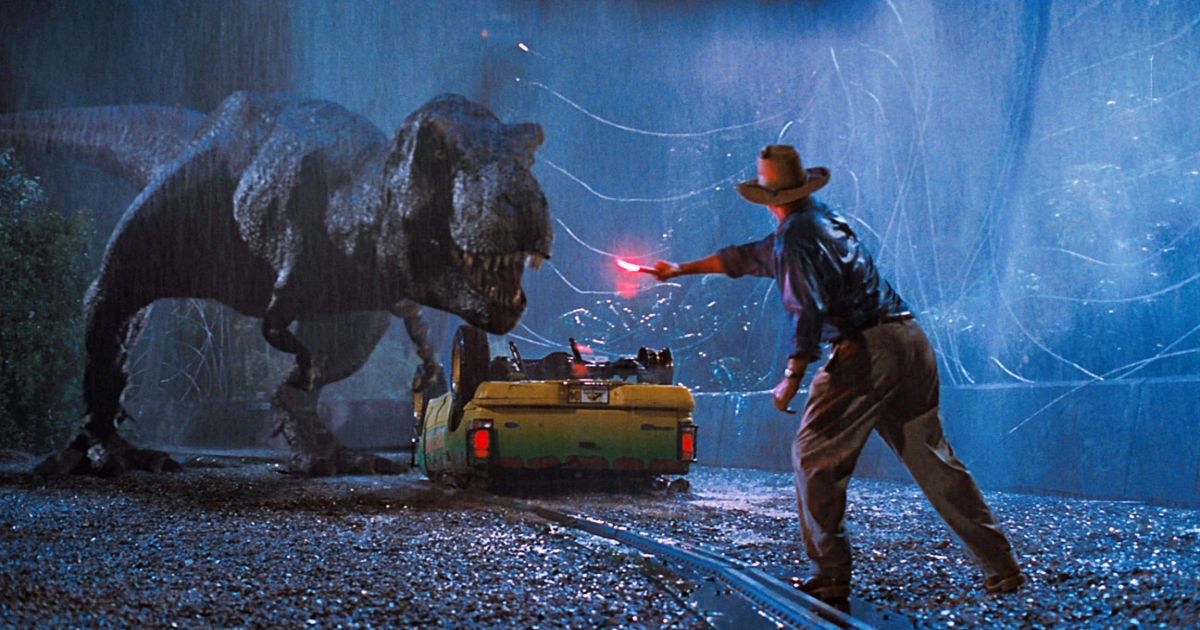
Related
The Best Movies Based on Michael Crichton Novels
There have been over a dozen movies based on novels written by Michael Crichton. What are the best ones?
When Five-Ton Farm Animals Ruled the Planet
Real techniques & research played a part in the film series, Crichton no stranger to medical science. Regardless of the brain trust at his disposal, Spielberg bungled some stuff. Horner did strive to extract dinosaur DNA from amber, but failed. That’s not all. “We were just beginning to learn dinosaurs had feathers,” Horner fessed up to the Las Vegas Review-Journal when the film premiered. “Now we know that probably all of the meat-eating dinosaurs should have feathers, but you can’t really change the dinosaurs because they have to be consistent through all of the different movies.” Bakker, likewise, consulted on Jurassic Park, promoting the new theory that dinosaurs were the ancestors of today’s birds, dubbing the T. rex “the ten-thousand-pound chicken from hell” to anyone willing to listen:
On that point, Bakker and Horner agreed. Despite the bitter rivalry these films may imply, Horner and Bakker never took the professional battle to heart, maintaining an amicable relationship. Thanks to the spotlight that the films bestowed on the subject, both were grateful that the world was finally paying attention to the field they devoted their lives to.
